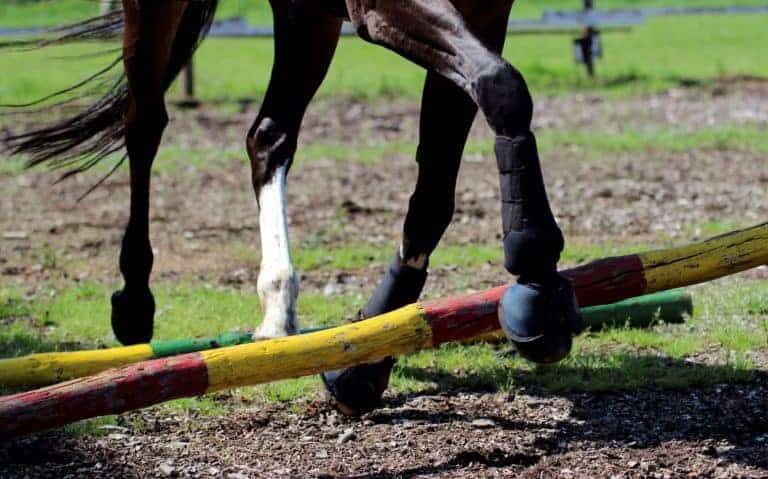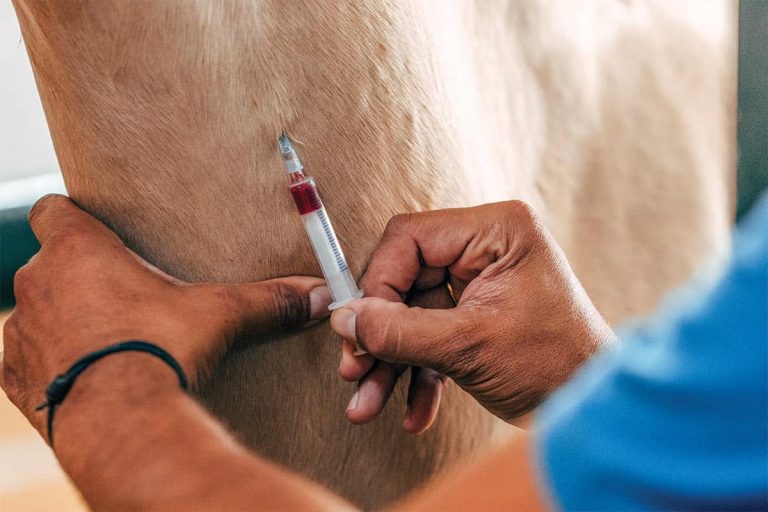Respiration (in Horses) Through the Ages
Experts advise: When it comes to respiratory illness in horses, save the gambling for Vegas. Be aware of the major respiratory diseases that horses are susceptible to at each point of their lives (commonly, heaves, Rhodococcus equi, and equine herpesvirus) and use preventive measures, both with management and vaccination, to head them off.












